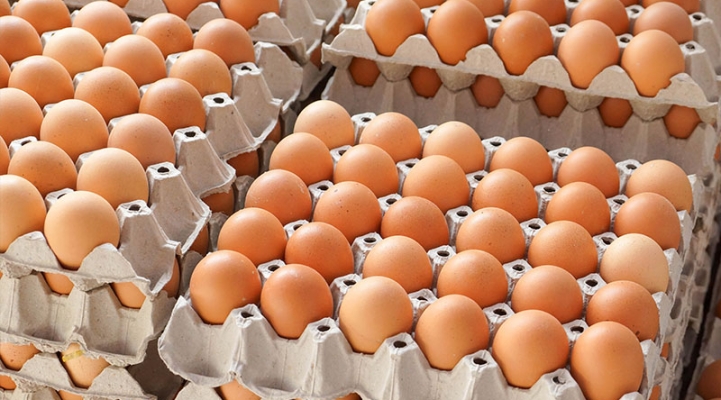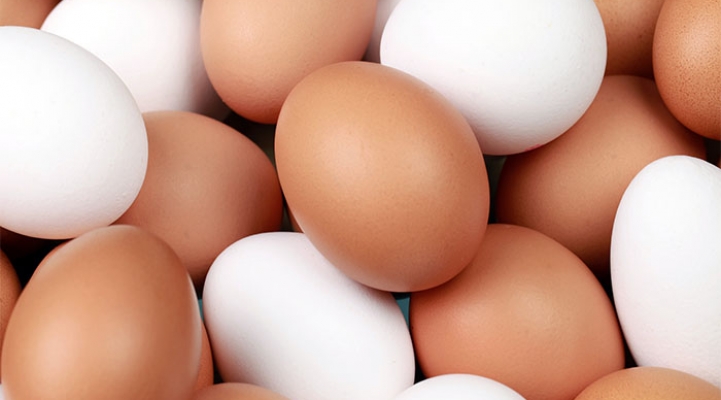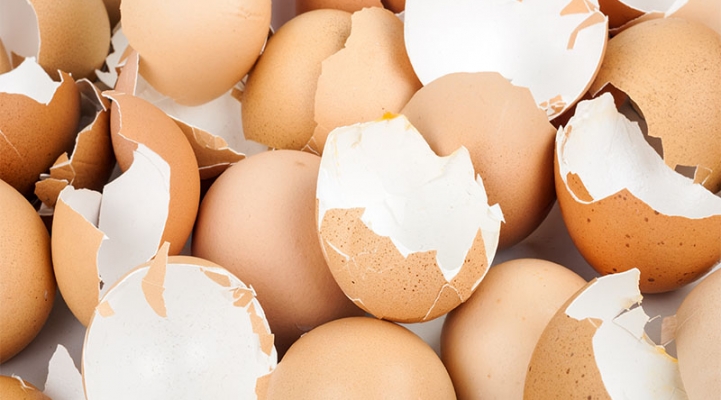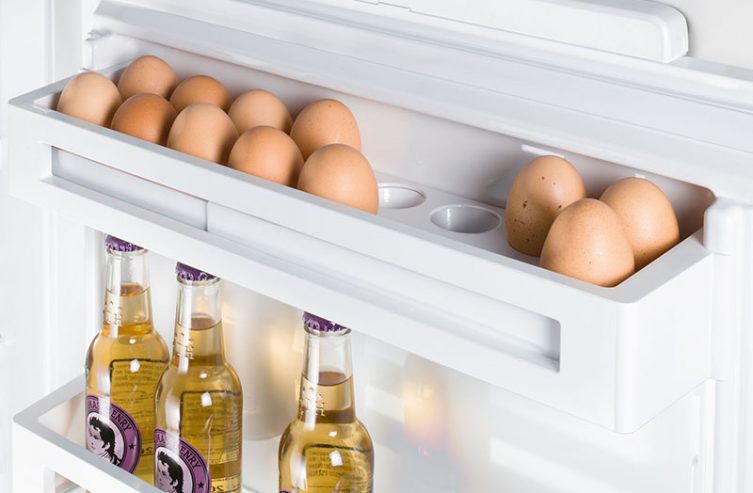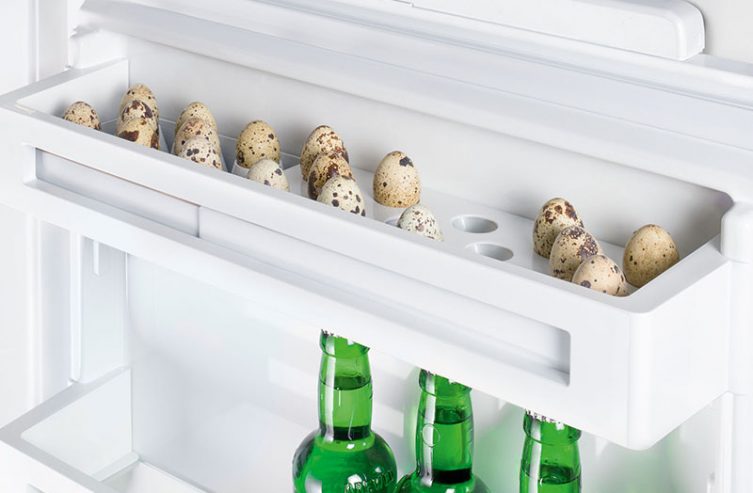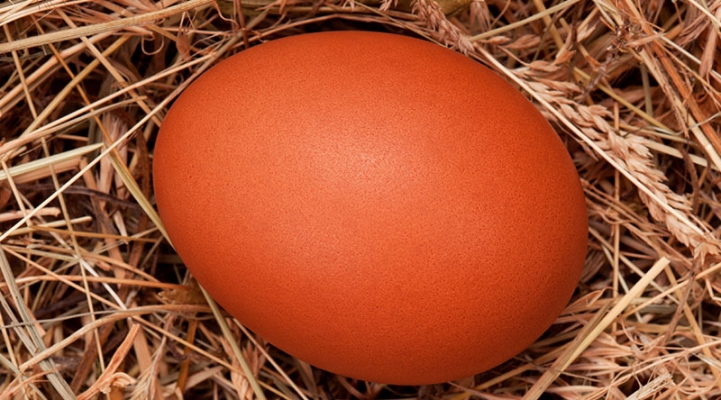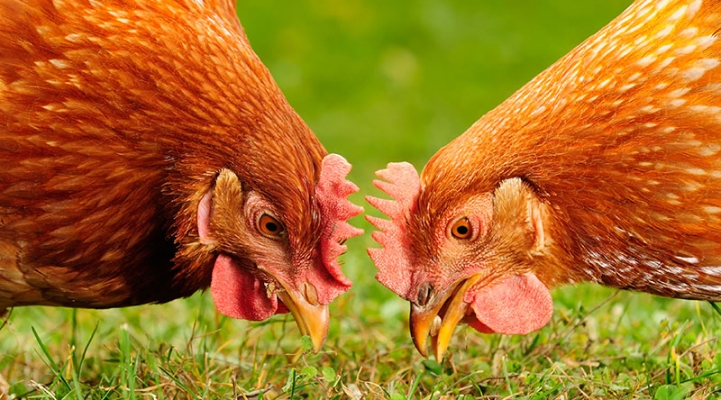The per capita consumption of eggs in the United States was about 253 in 2015. Find out more about this ever popular food item and
Shine with your knowledge by reading our timely article on 10 egg facts!
-
-
- Around 102 billion eggs were produced in the United States in 2016. Of those, 88.4 billion were table eggs. Indiana is the country’s biggest producer of eggs.

- Avoid salmonella infection by keeping eggs in the refrigerator at or below 41°F (5°C). Salmonella thrive at room temperature. Under 41°F the bacteria will not multiply quickly.

- Eggs are a great source for nutrients, especially high-quality protein. One large egg (US size) contains 12% of the daily value for proteins.
- Eggs contain approximately 6 grams of protein, 5 grams of fat and traces of carbohydrates, as well as iron, minerals and all vitamins with the exception of vitamin C. The vitamins are located mostly in the yolk.

- The thickness of the shell, the coloring of the yolk and the taste can be influenced by feeding. So-called wind eggs, eggs that have a particularly thin or no shell, are the result of a diet that contains little to no calcium or a problem with the calcium precipitation in the oviduct.

- Eggs are enclosed by a 0.11 to 0.15 inch thick shell. It’s permeable to air and has about 10,000 pores, that the necessary exchange of air between the content of the egg and the outside world happens during breeding. The pores also allow odorous substances to get inside the egg, so never store eggs too close to foods with a strong smell. Storing eggs with the pointed end down will extend their freshness. This way, an airpocket present within the egg is on the top. The other way round, this air bubble can rise and introduce germs faster which will spoil the egg.

Different Liebherr refrigerators come with different egg trays, but some allow you to store up to 20 eggs with the pointed end down. Some have a sliding design which allows you to make space for other items if you don’t have that many eggs. Turn the egg tray around and you’ll be able to store quail eggs.

- In many countries, eggs are not kept in the refrigerated dairy aisle. In Germany, eggs do not have to be refrigerated in stores as long as they are not older than 18 days. Fresh eggs are protected by their shell and proteins in the egg white provide a form of self protection. That being said you should put eggs in the refrigerator immediately after purchase. The BioFresh compartment in a Liebherr fridge is perfect for that purpose.
- The arched shape makes eggs structurally strong. If force is applied too an area of the egg, it is distributed on the entire surface of the egg. This is important for incubation.

- Chicken are among the most common and widespread domesticated animals. It is estimated that the global chicken population is around 21 billion.

- Which came first, the chicken or the egg? Evolution has long answered this question! Eggs have been around for at least 300 million years. Birds, to which chicken belong, have “only” been around for 150 million years. Even when you talk specifically about chicken, the first chicken came from an egg laid by an animal that was close to, but not yet, a chicken. Science, everyone!

- Around 102 billion eggs were produced in the United States in 2016. Of those, 88.4 billion were table eggs. Indiana is the country’s biggest producer of eggs.
-
